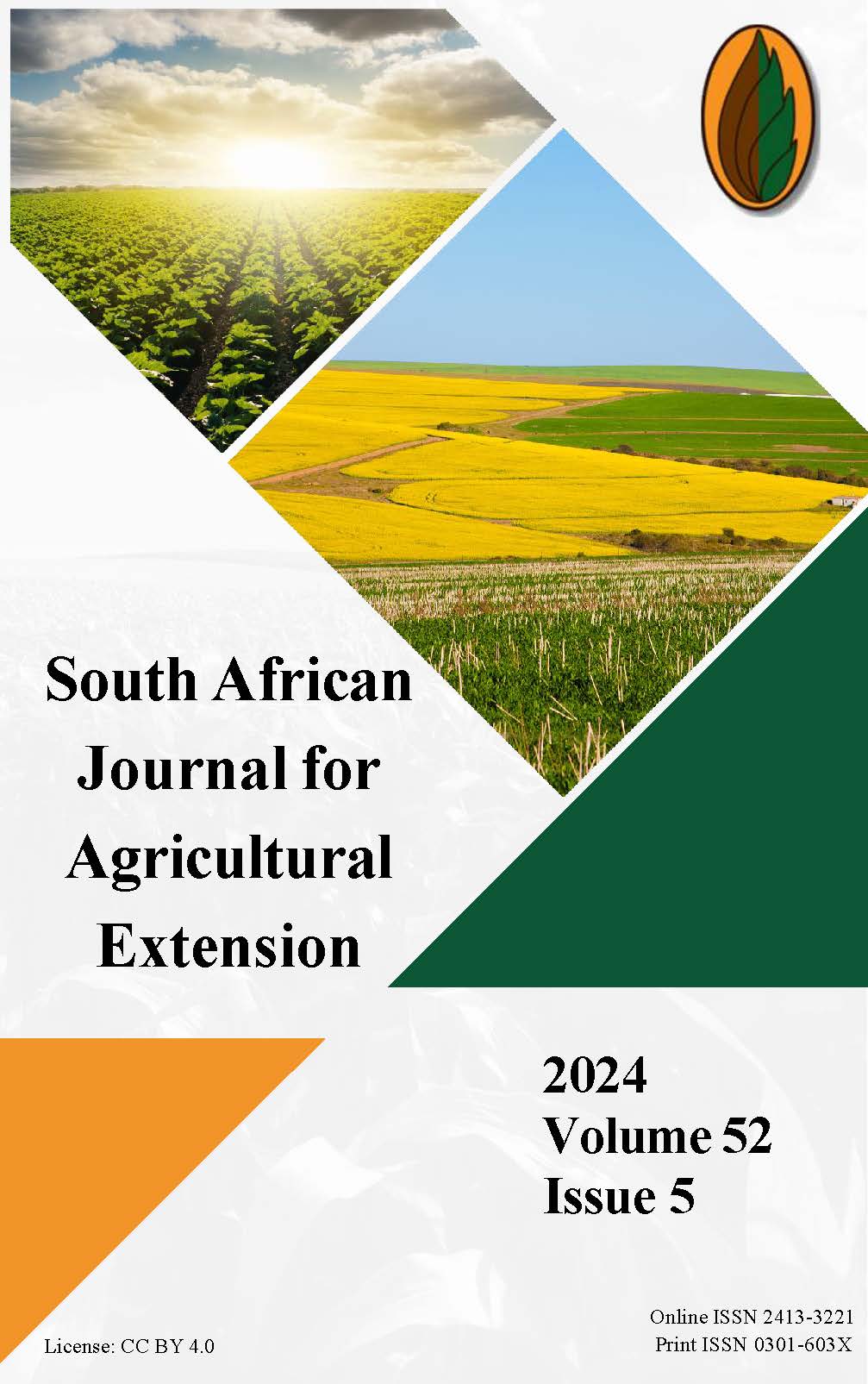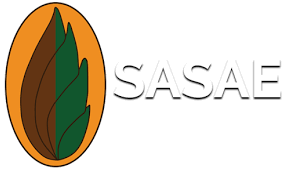Wool Versus Mutton: Enterprise Budgets from Survey Data for the Karoo and the Effects of Drought on Profitability
DOI:
https://doi.org/10.17159/2413-3221/2024/v52n5a12827Keywords:
Enterprise Budgets, Net Farm Income, Small Stock Production, Karoo Food SystemsAbstract
The study assesses the profitability of Karoo farms. It develops an enterprise wool and mutton production budget from eight years of survey data collected from 73 farms. Costs are presented in constant 2019 Rand so that data from various years can be pooled. According to income composition, farms were classified into mutton, wool or mixed mutton-wool operations. Mutton and mixed farms run similar-sized flocks on similar-sized properties, while wool farms operate larger flocks on more land. Mutton producers stock their land 15% less densely than wool or mixed farms, which use the same stocking density. At R80.89 per hectare, the small stock enterprise on mixed farms is approximately 40% more expensive to operate than the unit cost of production on mutton or wool farms, which are similar. Wool farms generate the best per-hectare incomes, 48% higher than the unit income of livestock on mixed farms and 62% higher than the per-hectare income on mutton farms. Net farm income is presented and discussed, and profitability is related to rainfall.
Downloads
References
CONRADIE, B., 2019. Designing successful land reform for the extensive grazing sector. S. Afr. J. Agric. Ext., 47(2): 1-12.
CONRADIE, B. & GENIS, A., 2020. Efficiency of a mixed farming system in a marginal winter rainfall area of the Overberg, South Africa, with implications for thinking about sustainability. Agrekon., 59(4): 387-400.
CONRADIE, B. & THERON, S., 2019. Grazing indices for the Central Karoo. Working paper 442, Centre for Social Science Research, University of Cape Town.
CONRADIE, B. & NATTRASS, N., 2017. The robustness of self-report data on predation: A comparison of two Karoo surveys. Afr. J. Agric. Resour. Econom., 12(3): 217-229.
CONRADIE, B. & LANDMAN, A., 2015. Wool versus mutton in extensive grazing areas. South African Journal of Agricultural Extension, 43(1): 22-31.
DEPARTMENT OF AGRICULTURE, LAND REFORM AND RURAL DEVELOPMENT (DALRRD)., 2021. Abstract of Agricultural Statistics. Pretoria, Directorate of Statistics and Economic Analysis.
DROUILLY, M., NATTRASS, N. & O’RIAIN, M.J., 2018. Dietary niche relationships among predators on farmland and a protected area. J. Wildl. Manag., 82(3): 507-518.
DUNN, O.J., 1961. Multiple comparisons among means. Am. Stat. Assoc., 56(293): 52-64.
LOUW, A., GEYSER, M. & JORDAAN, D., 2017. Finance and Farm Management. Johannesburg, Agricultural Division, Standard Bank.
NATTRASS, N., CONRADIE, B., STEPHENS, J. & DROUILLY, M., 2020. Culling recolonizing mesopredators increases livestock losses: Evidence from the South African Karoo. Ambio., 49(6): 1222-1231.
Western Cape Department of Agriculture., 2021. Land price in the Western Cape. Unpublished database of farm sales maintained by Riaan Nowers at Elsenburg.
WUSTRO, I. & CONRADIE, B., 2020. How stable are farmers’ risk perceptions? A follow-up study of one community in the Karoo. Agrekon., 59(1): 30-45.
Downloads
Published
Issue
Section
License
Copyright (c) 2024 B. Conradie

This work is licensed under a Creative Commons Attribution 4.0 International License.








.png)